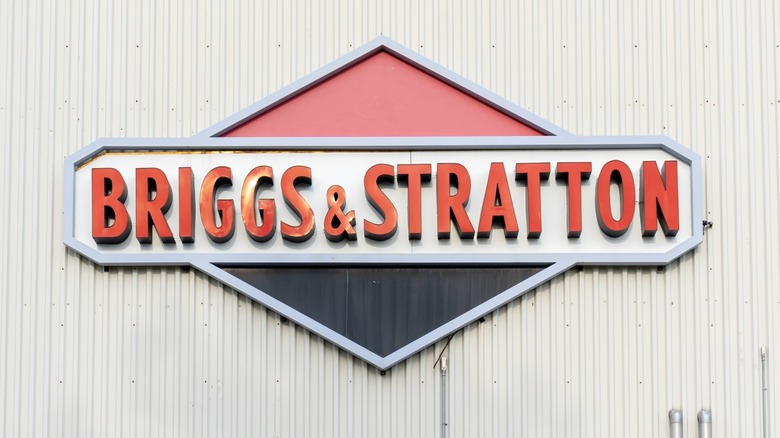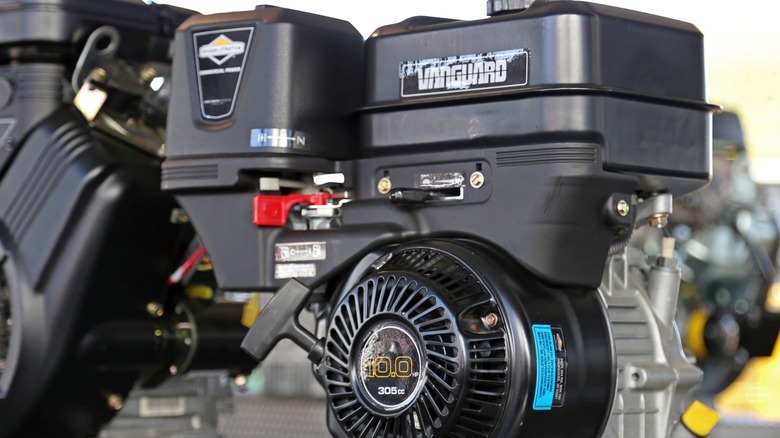Who Owns Briggs & Stratton And Where Are The Engines Made?
When Stephen F. Briggs and Harold Stratton founded their company in Milwaukee in 1908, they couldn't have imagined how far their small engines would travel. What began as a modest venture making auto parts and experimental motorized bicycles quickly grew into a powerhouse of practical engineering. By the 1920s, Briggs & Stratton engines were powering everything from washing machines to lawn mowers, transforming the company's name into a brand American households came to rely on. During World War II, its engines found new purpose in portable generators and military equipment, further cementing the company's reputation as a reliable supplier of power wherever it was needed.
Over the decades, Briggs & Stratton's engines became a major part of mowers, tillers, and pressure washers around the world. But at some point, Briggs & Stratton was no longer the extremely profitable public company it once was. In July 2020, after more than 90 years on the New York Stock Exchange, the company filed for Chapter 11 bankruptcy. A few months later, its assets were purchased by KPS Capital Partners, a New York–based private equity firm, for about $550 million.
The sale wiped away nearly $900 million in debt and effectively reset Briggs & Stratton as a privately held business. For more context, KPS is an investment firm known for buying distressed industrial and manufacturing companies and helping them turn around. Since taking ownership, KPS has installed new leadership, steered the company toward high-demand products like standby generators, and invested in expanding U.S. production.
Where are Briggs & Stratton engines made?
Briggs & Stratton engines may be sold worldwide, but most of them are still built in the United States. The company's headquarters is in Wauwatosa, Wisconsin, but functions mainly as its corporate hub and engineering center for research and development. Large-scale engine production is concentrated at its other U.S. plants: Auburn, Alabama, and Statesboro, Georgia, which focus on the company's Vanguard V-twin engines; Poplar Bluff, Missouri, which handles the production of vertical-shaft engines; and Tucker, Georgia, where the company produces lithium ion batteries that are used in commercial applications.
Outside the U.S., Briggs & Stratton runs factories in China, Brazil, and Australia. Its Chongqing, China, plant produces horizontal-shaft engines for agricultural and construction equipment in Asian markets. The factory in Brazil manufactures engines under the Branco brand for South America. Briggs & Stratton also owns Victa, an Australian lawn mower brand that assembles mowers locally with imported engines.
Although the company once relied on a long-running joint venture with Daihatsu in Japan to produce its Vanguard V-twin line, that production was moved to Alabama and Georgia in 2019. In recent years, Briggs & Stratton has doubled down on its American plants with its new owner, KPS Capital Partners, investing in standby generator production and home energy storage. In 2021, it acquired SimpliPhi Power, a California battery systems manufacturer, and rebranded the standby power unit as Energy Solutions, an indication of how serious the company is about participating in the backup power market. Ultimately, while the company behind the familiar brand is now different, its commitment to being a reliable source of power in everyday life remains very much the same.

